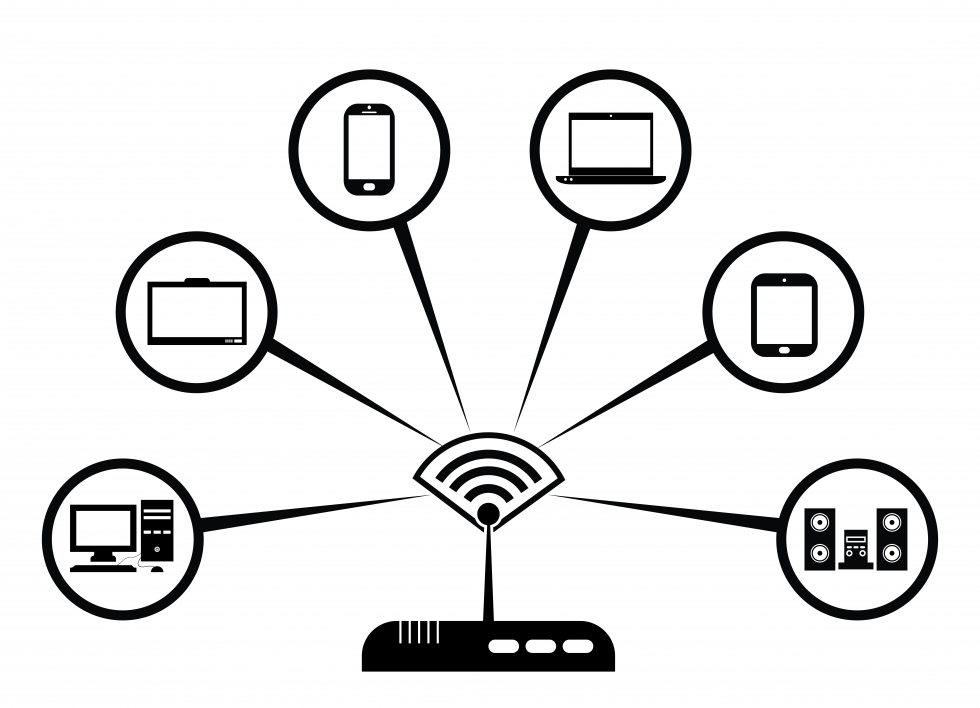
How to Set Up a Wireless Network: A Step-by-Step Guide
By Adedayo Oyetoke, Published on: December 27th 2023 4 min, 627 word Views: 1253
In today's digital age, setting up a wireless network is essential for both homes and businesses. Whether you're connecting multiple devices at home or creating a network for your office, a wireless network provides the flexibility and convenience of accessing the internet and sharing resources without the hassle of cables. In this comprehensive guide, we'll walk you through the step-by-step process of setting up a wireless network, from choosing the right equipment to securing your network against potential threats.
Step 1: Planning Your Network
Before diving into the technical aspects of setting up a wireless network, it's crucial to start with a solid plan. Consider the size of the area you want to cover, the number of devices that will be connected, and the specific needs of your network. For example, a small home network may only require a single wireless router, while a larger office network might need multiple access points for broader coverage.
Step 2: Choosing the Right Equipment
The cornerstone of any wireless network is the wireless router. When selecting a router, consider factors such as speed, range, and the number of available Ethernet ports. For larger networks, you may also need to invest in additional access points to ensure seamless coverage throughout the entire area. It's important to choose equipment that aligns with your network's requirements and future scalability.
Step 3: Setting Up the Wireless Router
Once you've chosen the right equipment, it's time to set up your wireless router. Start by connecting the router to your modem using an Ethernet cable. Then, power on the router and follow the manufacturer's instructions for initial setup. This typically involves accessing the router's web-based configuration page through a web browser and entering the necessary network information, such as the SSID (network name) and password.
Step 4: Configuring Network Security
Securing your wireless network is paramount to prevent unauthorized access and protect your data. Enable WPA2 or WPA3 encryption on your router to encrypt the data transmitted over the network. Additionally, change the default administrator password for your router to prevent unauthorized changes to the network settings. Consider implementing MAC address filtering to control which devices can connect to your network.
Step 5: Extending Your Network (If Needed)
For larger areas or buildings with multiple floors, a single wireless router may not provide adequate coverage. In such cases, you can extend your network's coverage by adding additional access points or using a mesh Wi-Fi system. Access points can be connected to the main router via Ethernet cables, while mesh Wi-Fi systems use multiple interconnected devices to create a seamless network throughout the entire area.
Step 6: Optimizing Network Performance
To ensure optimal performance, consider the placement of your wireless router and access points. Position them in central locations to maximize coverage and minimize interference from physical obstacles and other electronic devices. Additionally, you can adjust the router's channel settings to avoid interference from neighboring networks and optimize the wireless signal strength.
Step 7: Testing and Troubleshooting
After setting up your wireless network, it's essential to test its performance and address any potential issues. Use speed testing tools to measure the network's speed and stability. If you encounter connectivity problems or dead zones, consider repositioning your router or adding additional access points to improve coverage. Troubleshooting network issues may also involve updating firmware, checking for interference, or adjusting network settings.
Conclusion
Setting up a wireless network may seem daunting at first, but with the right approach and understanding of the process, it can be a straightforward and rewarding endeavor. By carefully planning your network, choosing the right equipment, and implementing robust security measures, you can create a reliable and secure wireless network that meets your specific needs. Whether it's for your home, office, or business, a well-designed wireless network provides the foundation for seamless connectivity and productivity in today's interconnected world.
